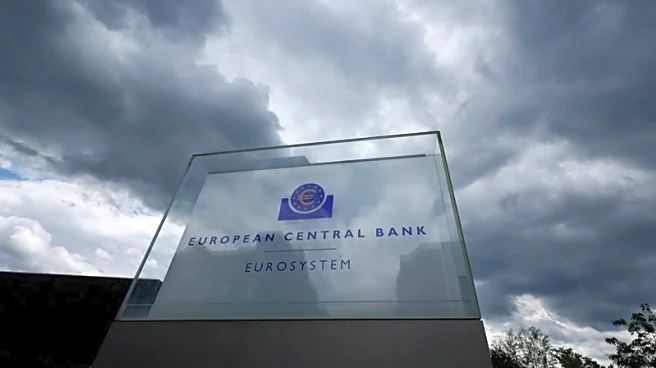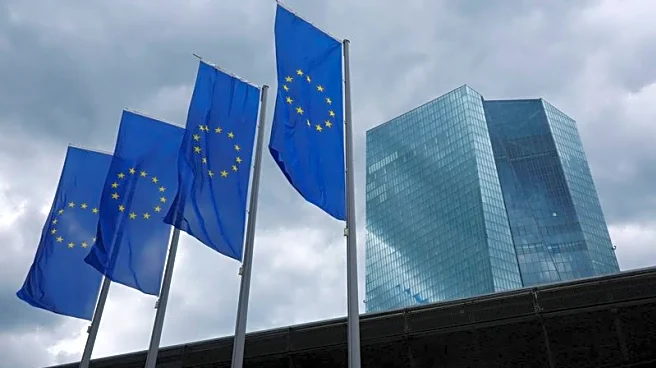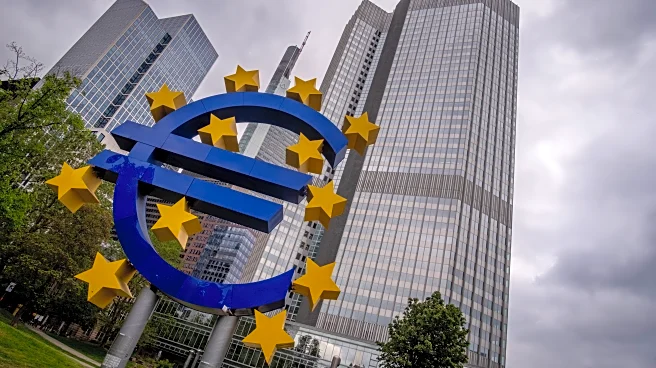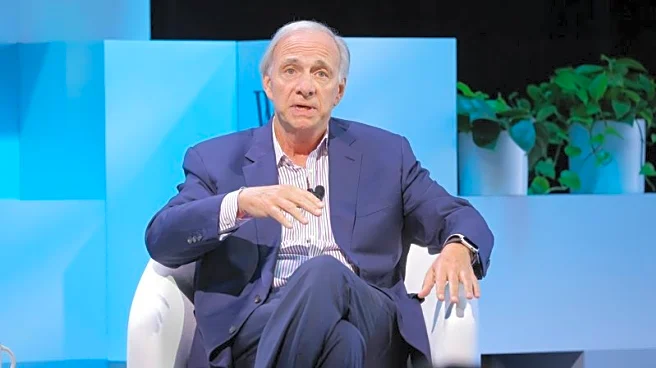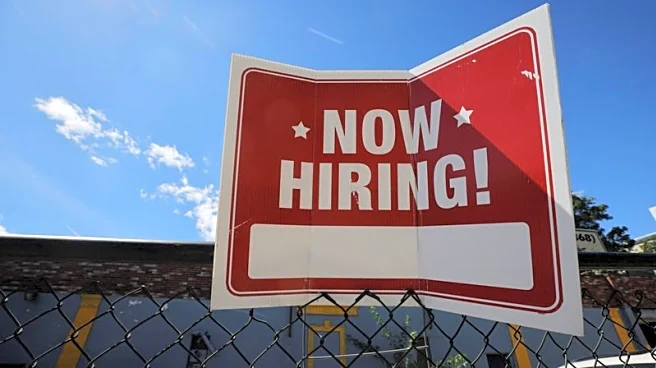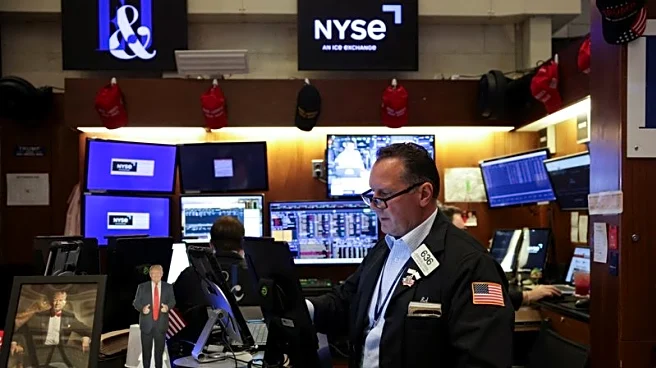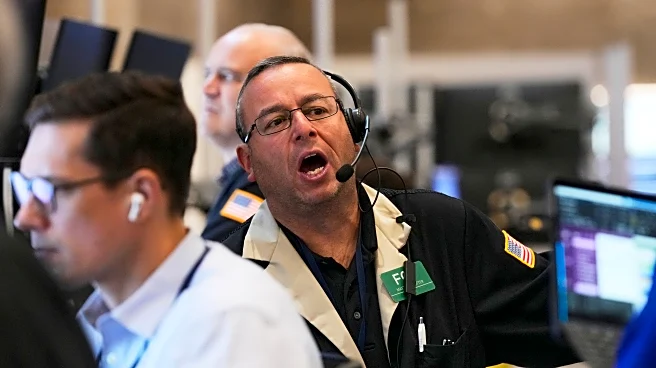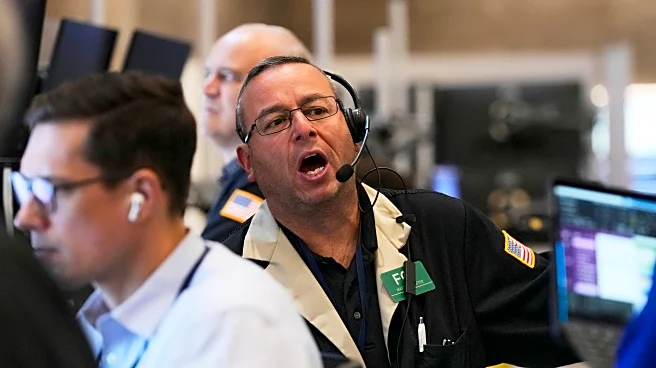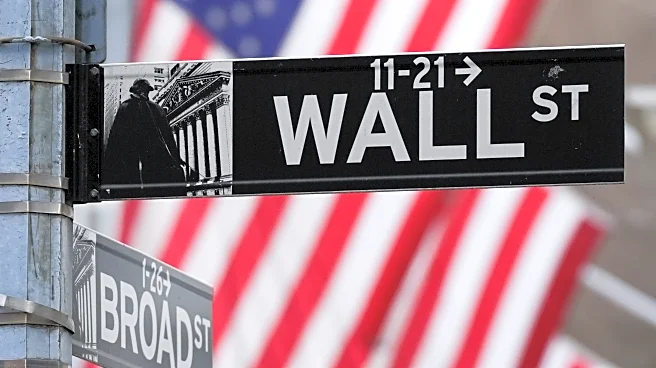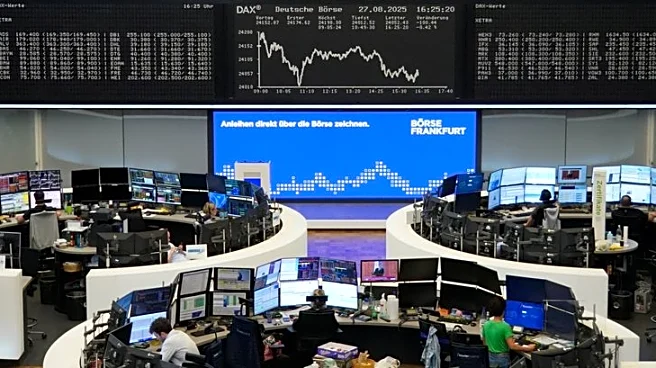By Balazs Koranyi and Francesco Canepa
FRANKFURT (Reuters) - The European Central Bank left interest rates unchanged on Thursday as expected but offered no clues about its next move, even as investors continue to bet that more support will be needed as inflation dips below target next year.
The ECB halved its key rate to 2% in the year to June but has been on hold ever since, arguing that the 20-country euro zone economy is in a "good place", even if more easing cannot be ruled out.
Recent data has
confirmed this sanguine view, giving policymakers time to understand how U.S. tariffs, higher German government spending, looming Federal Reserve rate cuts and political turmoil in France might impact growth and inflation.
"The Governing Council is determined to ensure that inflation stabilises at its 2% target in the medium term," the ECB said in a statement. "The Governing Council is not pre-committing to a particular rate path."
Such a cautious statement makes it likely that ECB President Christine Lagarde will remain "deliberately uninformative" about the future path of interest rates when she speaks at a 1245 GMT news conference.
But Lagarde is unlikely to close the door on further rate cuts, especially since inflation is projected to temporarily dip below the ECB's 2% target next year, keeping alive market bets that a final "insurance" cut could come around year-end.
Inflation is now seen at 1.9% in 2027, below the 2.0% projected in June, and core inflation is seen at 1.8% then, both below the 2% target, fresh projections showed.
In any case, the public debate is at the margins and focuses on just a single rate cut, indicating that the ECB is done with the bulk of changes to monetary policy, with rates likely to stay around this level for an extended period.
Investors see a 50-60% chance of one last cut by next spring, even as they expect the Fed to ease U.S. borrowing costs six times by the end of 2026.
RISKS
The key debate is around how policymakers see risks.
Hawkish Governing Council members, who are opposed to further easing, say the euro zone economy has been unexpectedly resilient in the face of trade tensions and that growth is well supported by buoyant private consumption.
They point to rebounding industrial production and a surge in German government spending to argue that growth will remain on a moderately upward path.
Although U.S. President Donald Trump's 15% tariffs on European Union imports are higher than predicted, firms are showing adaptability and the certainty of having agreed a deal offsets some of the negatives.
But policy doves say that tariffs have yet to fully work their way through the economy and could dampen an already low growth rate, reversing the rise in consumption.
This could then weigh on prices next year, just when inflation is seen dipping below target, raising the risk that firms will change their pricing and wage-setting, thus entrenching anaemic price growth.
The Fed's looming rate cuts are meanwhile likely to help the euro firm against the dollar, putting downward pressure on prices.
A fresh bout of political chaos in Paris, which has pushed French bond yields sharply higher, is another headache for the euro zone's central bank.
It has tools to intervene, but only for an "unwarranted and disorderly" rise in borrowing costs, which economists say is clearly not the case now, given France's high debt and feeble economic growth.
(Writing by Balazs Koranyi; Editing by Catherine Evans)
